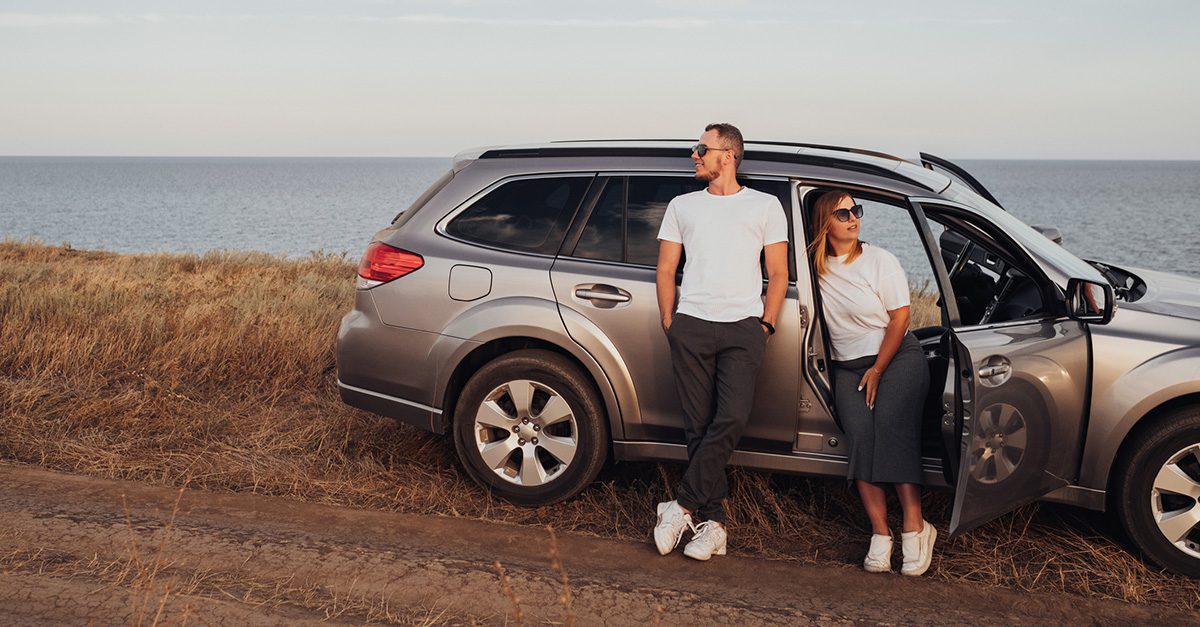
Yes, you can keep your car when filing a consumer proposal in Canada. This is true whether you own your car outright or are still making payments on it. Here’s what you need to know.
Table of Contents
What Happens to My Car in a Consumer Proposal
The main benefit of a consumer proposal is that you keep all your assets. This includes any car, truck or other vehicle you have.
Owned Vehicles
When you own your car outright with no loans, you can keep the vehicle. If you have an expensive vehicle, the current market value of your car and any equity may affect your proposal payments. If the car is worth more than the provincial exemption limit, that value may be considered when offering your proposal to creditors. For example, in Ontario, if your owned car or truck is worth more than $7,117, your Licensed Insolvency Trustee will factor that extra equity value into your proposal offer. If it’s worth less, you can keep the vehicle without impacting your proposal.
Financed or Leased Vehicles
If your car loan or lease is secured, the debt is tied directly to the vehicle. Consumer proposals do not impact secured debt. You can keep your financed or leased vehicle in a consumer proposal as long as you make your monthly payments. Your payment amount stays the same, your interest rate doesn’t change, and all the original terms of your loan or lease remain in place.
Be aware, however, that your car lender’s rights don’t change. Falling behind on payments could result in repossession, regardless of the consumer proposal.
Options if You Can’t Afford Your Car Payments
If your car loan payments are too expensive or you have defaulted on loan payments, consider returning the vehicle voluntarily to your lender. This process is known as voluntary repossession. Your financing company will sell the vehicle. Any shortfall between the sales proceeds and what you owe on the car will be included as an unsecured debt in your consumer proposal. For example, if you owe $15,000 on your car, but it’s only worth $10,000 when you return it, the $5,000 difference becomes part of your proposal. Be aware, however, that you must return the vehicle before your consumer proposal begins.
Another reason to return your car to your lender might be that you have negative equity, meaning you owe more than the car is worth. This is common if you have rolled an old car loan into a new one. In this case, the process is the same: surrender the vehicle to your lender and include any remaining balance you owe in your consumer proposal.
Role of Your Licensed Insolvency Trustee (LIT)
A Licensed Insolvency Trustee can help you navigate these complexities and the decision to keep or return your vehicle. At Hoyes Michalos, we will assess your situation, explain how provincial laws apply, and help you create a proposal that works for you and your creditors.
By understanding these factors, you can make informed decisions and increase the likelihood of keeping your car while managing your debts.





